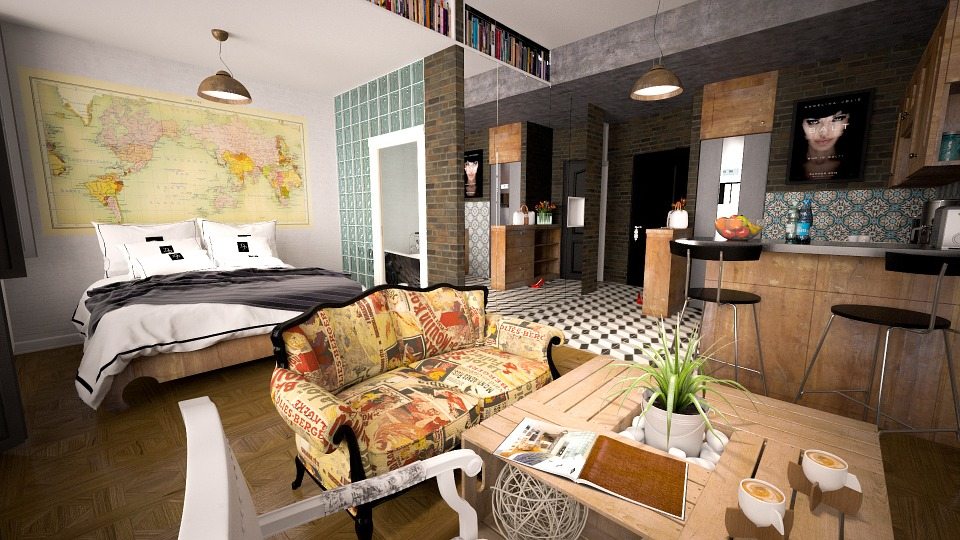Tips for Storing Your Furniture Safely in 2025 | Sydney Storage Guide
Moving home often comes with one big realisation — you own more furniture and belongings than will comfortably fit into your new space. Whether you’re downsizing, renovating, or just need extra room, a secure storage facility can be the perfect solution.
At Palmers Relocations, we’ve been helping Sydney families move and store their furniture for nearly 45 years — so we know how to keep your belongings safe from start to finish. Here’s how to prepare your items for storage so they stay in excellent condition — and how to choose the right storage solution for your needs.
Step 1: Clean & Prepare Your Furniture
Before anything goes into storage, give each piece a thorough clean.
-
Dust & wipe down surfaces to prevent dirt from scratching wood or fabric.
-
Vacuum soft furnishings like couches and mattresses to remove crumbs or pet hair.
-
Ensure everything is completely dry — moisture can cause mould or mildew if left unchecked.
Palmers Tip: For delicate fabrics or leather furniture, consider professional cleaning first. It’s easier to store and keep clean when you’re starting fresh.
Step 2: Disassemble Large Pieces to Save Space
Big items like bed frames, dining tables, and shelving units take up valuable space. Where possible:
-
Remove legs from tables and couches.
-
Take apart bed frames and store hardware (screws, bolts) in a labelled zip-lock bag taped to one of the main parts.
-
Stack flat pieces vertically to save space and prevent warping.
Step 3: Wrap & Protect Your Furniture
Protection is everything when it comes to long-term storage.
-
Use furniture blankets, bubble wrap, or packing paper to cover surfaces and prevent scratches.
-
Wrap each disassembled piece separately to avoid rubbing damage.
-
Place mattress covers on beds to protect from dust and moisture.
Palmers Relocations offers a full range of professional packing materials — from eco-friendly moving blankets to heavy-duty bubble wrap — making it easy to store your items safely.
Step 4: Choose the Right Storage Unit
Not all storage facilities are created equal. When choosing a storage solution:
Standard Storage Unit
Best for: Short-term storage of everyday household items during a move or renovation.
Features:
-
Basic, secure space without climate control
-
Cost-effective option for non-sensitive items
-
Available in a range of sizes for small or medium loads
Good examples: Cardboard boxes, plastic tubs, non-sensitive furniture, seasonal décor.
Climate-Controlled Storage Unit
Best for: Items that could be damaged by Sydney’s heat, humidity, or sudden temperature changes.
Features:
-
Maintains a consistent temperature and humidity level
-
Ideal for protecting delicate materials from warping, cracking, or mold
-
Perfect for medium- to long-term storage
Good examples: Wood or leather furniture, musical instruments, electronics, clothing, artwork, wine.
Premium Storage with Insurance
Best for: Long-term storage of high-value or irreplaceable items where maximum protection is a priority.
Features:
-
Combines climate control with enhanced security measures
-
Often includes CCTV monitoring, restricted access, and optional insurance
-
Peace of mind for valuable collections and sentimental pieces
Good examples: Antiques, fine art, heirloom furniture, rare books, collectibles, business inventory.
Palmers Tip: Climate-controlled storage is worth the investment for furniture. Sydney’s humidity can warp wood and damage fabrics over time.
At Palmers Relocations, our secure storage facilities include climate control, 24/7 surveillance, and flexible access — so you know your items are safe.
Step 5: Organise Your Storage Unit Strategically
How you pack your storage unit matters.
-
Elevate furniture off the floor using pallets or plastic risers to protect from moisture.
-
Store heavy items at the bottom, lighter ones on top to prevent damage.
-
Leave gaps for airflow between large items to prevent humidity build-up.
-
Keep frequently accessed items near the front so you don’t have to unpack everything.
-
Label boxes clearly and keep an inventory list for easy reference later.
Step 6: Don’t Forget About Insurance
Many storage facilities don’t automatically insure your belongings. Ask about coverage or organise your own insurance before moving items into storage.
Why Work with Palmers Relocations
When you choose Palmers, you get more than just a storage space — you get a full-service moving partner:
-
Packing & transportation handled by professionals
-
Customised storage plans based on your space needs
-
Clear, fixed-rate pricing with no hidden surprises
We make the process simple, from pick-up to safe storage and delivery when you’re ready. Request a storage quote with Palmers Relocations today and get expert advice tailored to your move.

